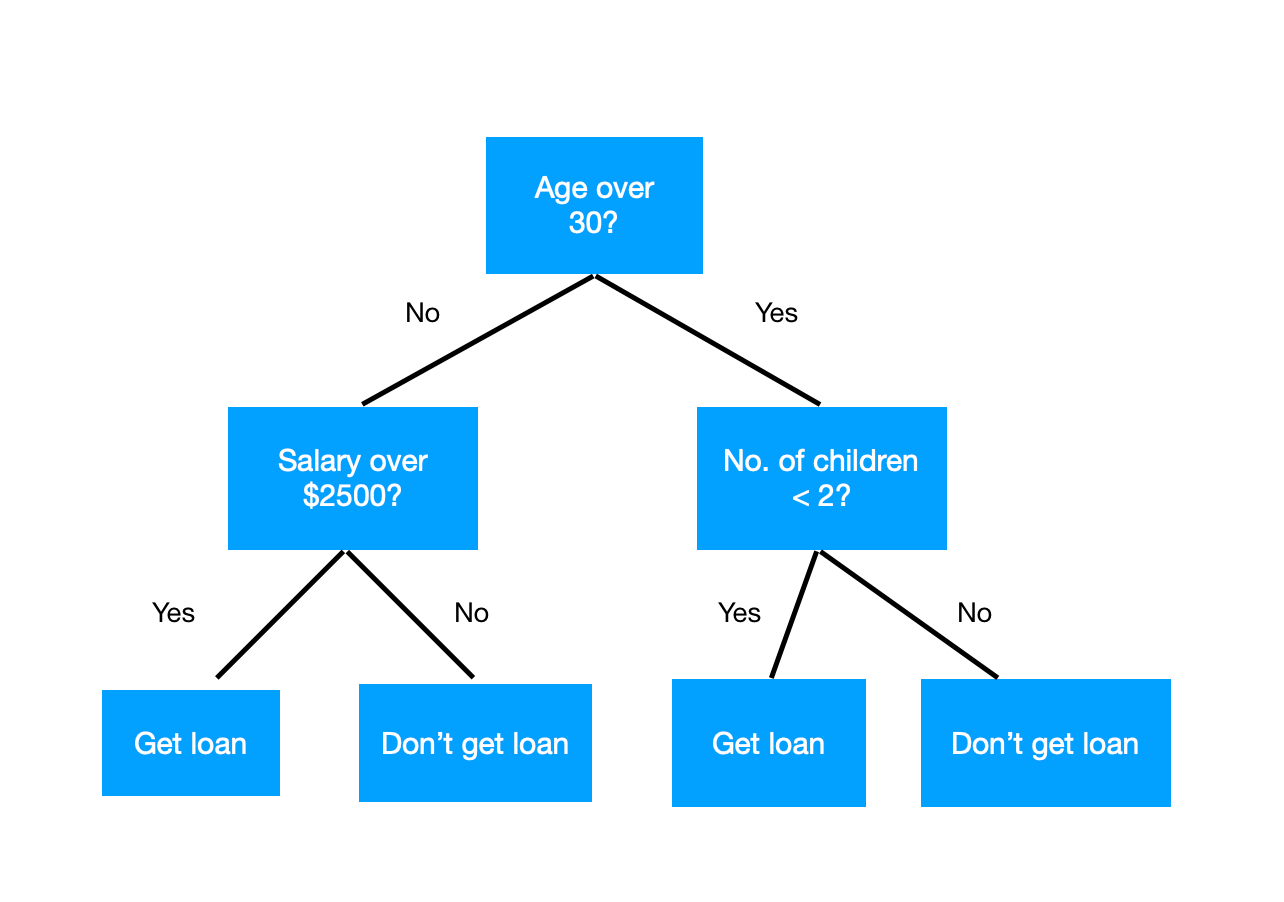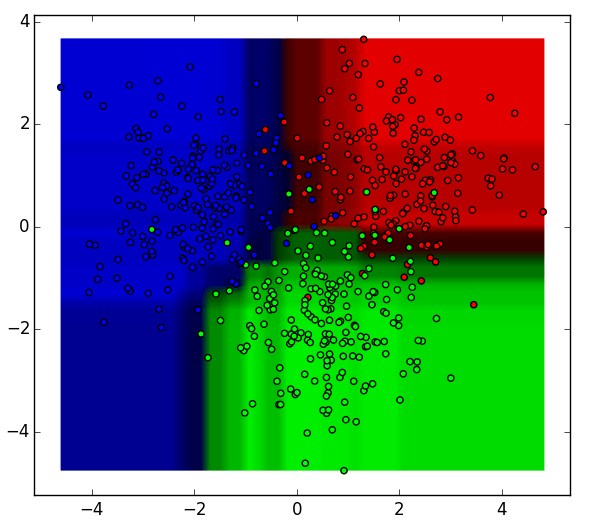Classification Random Forest Classifier | Random forest algorithm is an ensemble classification algorithm. A random forest classifier for time series. # fitting random forest classification to the training set classifier = randomforestclassifier(n_estimators = 10, criterion = 'entropy', random_state = 42) classifier.fit(x_train, y_train). Random forest is a classic machine learning ensemble method that is a popular choice in data science. This is a binary classification problem and we will use a random forest classifier to solve this problem.
Each tree gives a classification, and we say the tree votes for that class. Ml_random_forest_classifier( x, formula = null, num_trees = 20, subsampling_rate = 1, max_depth = 5, min_instances_per_node = 1, feature_subset_strategy = auto, impurity = gini, min_info_gain. Classification is a big part of machine learning. From sklearn.ensemble import randomforestclassifier classifier = randomforestclassifier(n_estimators = 50) classifier.fit. Random forest is a classic machine learning ensemble method that is a popular choice in data science.

Or it's better to keep only pertinent variables? Steps followed to solve this problem will be similar to the steps performed for regression. It consists of three columns. Random forests or random decision forests are an ensemble learning method for classification. Random forest is a type of supervised machine learning algorithm based on ensemble learning. Random forest is a classic machine learning ensemble method that is a popular choice in data science. To train the random forest classifier we are going to use the below random_forest_classifier function. The random forest classifier creates a set of decision trees from a randomly selected subset of the training set. There is an important difference between classification and regression problems. This tutorial explains the random forest algorithm with a very simple example. The random forest or random decision forest is a supervised machine learning algorithm used for classification, regression, and other tasks using decision trees. Can someone explain why my accuracy scores vary every time i run this program? I'm trying to build a random forest classifier for binomial classification.
When we use random forest for classification it constructs multiple trees and finally averages the output, in the case of classification it takes a majority is it appropriate to calculate these probabilities by counting the votes and then designing a classifier, ie. Random forest is a type of supervised machine learning algorithm based on ensemble learning. This study also concludes that the number of user‐defined parameters required by random forest classifiers is less than the number required for. The forest chooses the classification having the most votes. The random forest classifier creates a set of decision trees from a randomly selected subset of the training set.

Classification is a big part of machine learning. Random forest classifier is a flexible, easy to use algorithm used for classifying and deriving predictions based on the number of decision trees. We looked at the ensembled learning algorithm in action and. The forest chooses the classification having the most votes. The random forest classifier creates a set of decision trees from a randomly selected subset of the training set. Steps followed to solve this problem will be similar to the steps performed for regression. Random forest algorithm is an ensemble classification algorithm. The random forest or random decision forest is a supervised machine learning algorithm used for classification, regression, and other tasks using decision trees. Do random forests give better results when more variables are applied? Random forest is a classic machine learning ensemble method that is a popular choice in data science. Or it's better to keep only pertinent variables? In this blog we have learned about the random forest classifier and its implementation. The first two columns are the independent variables, namely the 'age 'and the.
Steps followed to solve this problem will be similar to the steps performed for regression. Fundamentally, classification is about predicting a label and regression is about predicting. From sklearn.ensemble import randomforestclassifier classifier = randomforestclassifier(n_estimators = 50) classifier.fit. Random forest classifier is a flexible, easy to use algorithm used for classifying and deriving predictions based on the number of decision trees. Classification is a big part of machine learning.

Results from this study suggest that the random forest classifier performs equally well to svms in terms of classification accuracy and training time. Random forests grows many classification trees. Can someone explain why my accuracy scores vary every time i run this program? Fundamentally, classification is about predicting a label and regression is about predicting. Random forest algorithm is an ensemble classification algorithm. Implementation of a random forest classifier in both python and scala. It consists of three columns. Random forests or random decision forests are an ensemble learning method for classification. So, random forest is a set of a large number of individual decision trees operating as an ensemble. Predicting the test set results and making the confusion matrix. Classification is a big part of machine learning. This study also concludes that the number of user‐defined parameters required by random forest classifiers is less than the number required for. Random forest algorithm has gained a significant interest in the recent past.
This tutorial explains the random forest algorithm with a very simple example random forest classification. Random forest can be used for both classification (predicting a categorical variable) and regression (predicting a continuous variable).
Classification Random Forest Classifier: When we use random forest for classification it constructs multiple trees and finally averages the output, in the case of classification it takes a majority is it appropriate to calculate these probabilities by counting the votes and then designing a classifier, ie.
Fonte: Classification Random Forest Classifier
0 Response to "Figo! 22+ Verità che devi conoscere Classification Random Forest Classifier: Random forest algorithm has gained a significant interest in the recent past."
Post a Comment